PPT-Data Structures and Modules
Author : cheryl-pisano | Published Date : 2019-06-29
CSE 333 Spring 2018 Instructor Justin Hsia Teaching Assistants Danny Allen Dennis Shao Eddie Huang Kevin Bi Jack Xu Matthew Neldam Michael Poulain Renshu
Presentation Embed Code
Download Presentation
Download Presentation The PPT/PDF document "Data Structures and Modules" is the property of its rightful owner. Permission is granted to download and print the materials on this website for personal, non-commercial use only, and to display it on your personal computer provided you do not modify the materials and that you retain all copyright notices contained in the materials. By downloading content from our website, you accept the terms of this agreement.
Data Structures and Modules: Transcript
Download Rules Of Document
"Data Structures and Modules"The content belongs to its owner. You may download and print it for personal use, without modification, and keep all copyright notices. By downloading, you agree to these terms.
Related Documents

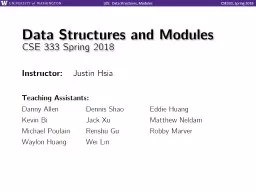

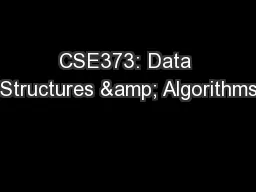
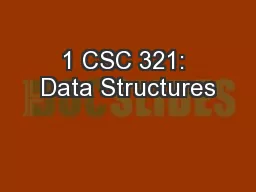





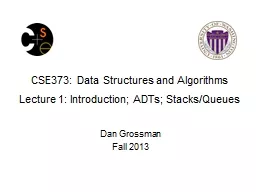
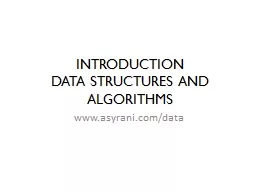
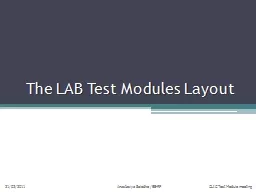
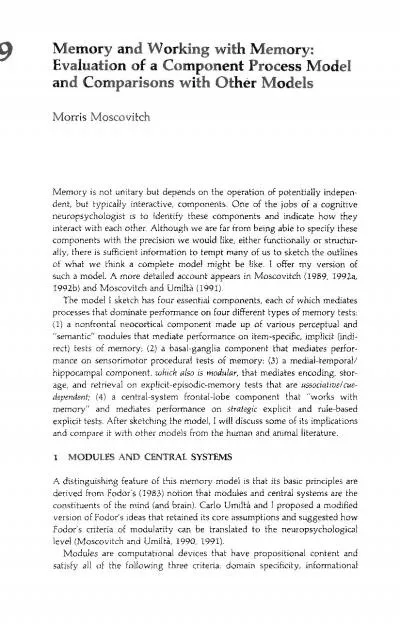
![[eBOOK]-Easy Learning Data Structures Algorithms ES6+Javascript: Classic data structures](https://thumbs.docslides.com/975195/ebook-easy-learning-data-structures-algorithms-es6-javascript-classic-data-structures-and-algorithms-in-es6-javascript-easy-learning-javascript-and-design-and-data-structures-and-algorithms-book-3.jpg)